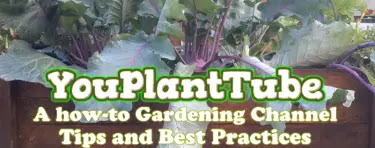A re you looking for a simple, cost-effective and space-saving solution for your home garden? Look no further! In this post, we will show you how to create a beautiful vertical garden using a recycled water bottle. Whether you have limited space in your urban garden, terrace or balcony, this water bottle planter will help you make the most of your gardening space. So let's get started! You can also watch the step-by-step video provided below Step 1: Gather Your Supplies You will need: A large, clear water bottle A drill White paint Scissors or a knife Organic compost and soil Seedlings of your choice Step 2: Prepare the Water Bottle Use the drill to make holes in the bottom of the water bottle for drainage. Cut a square hole in the top of the bottle and remove the cap. Then, paint the entire bottle with white paint to keep the roots of your plants cool in the sunlight. Step 3: Fill the Water Bottle with Soil Add a layer of organic compost and soil to the bottom of the bottle. Fi...
